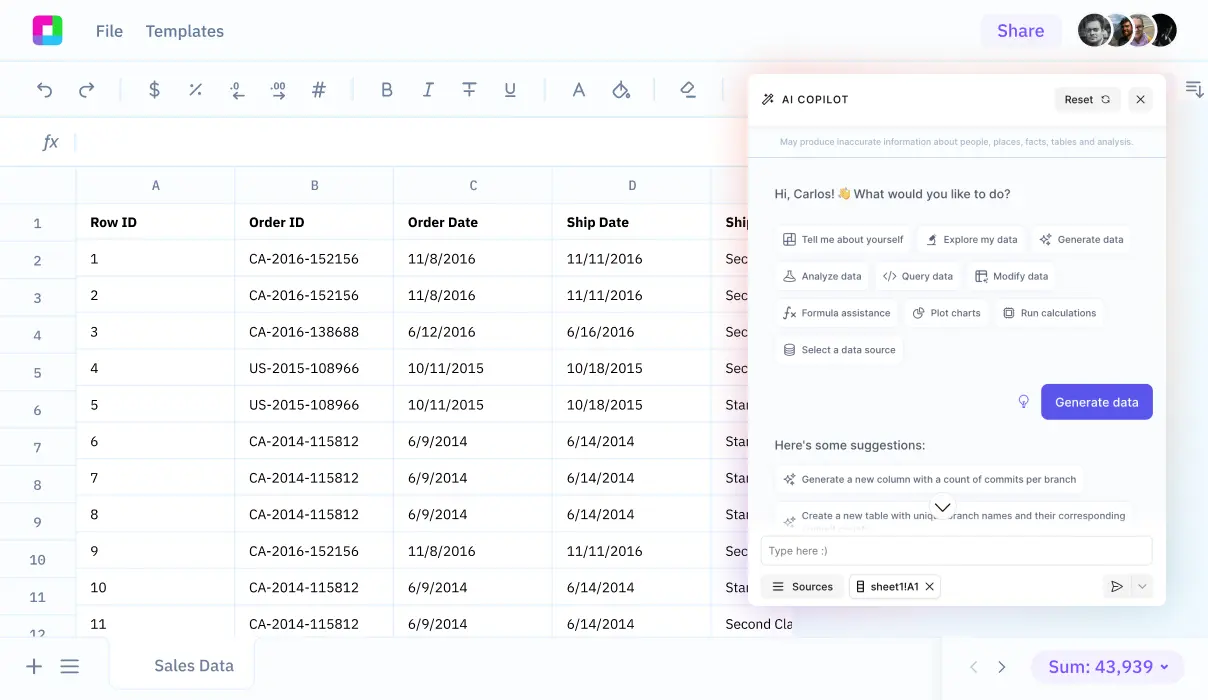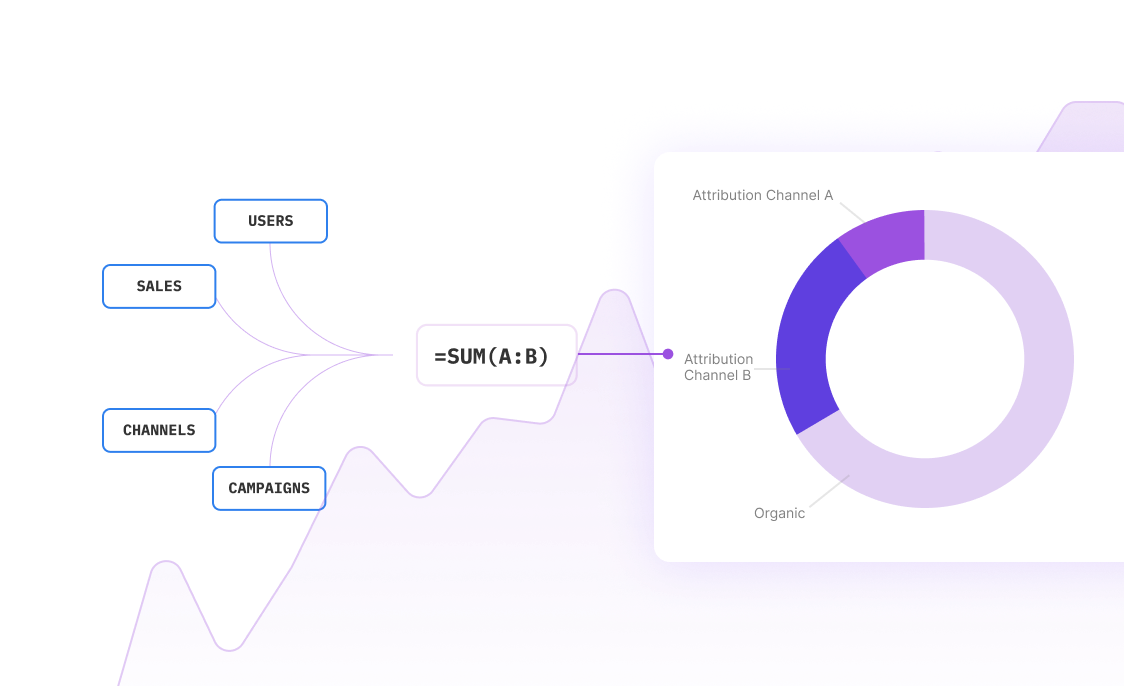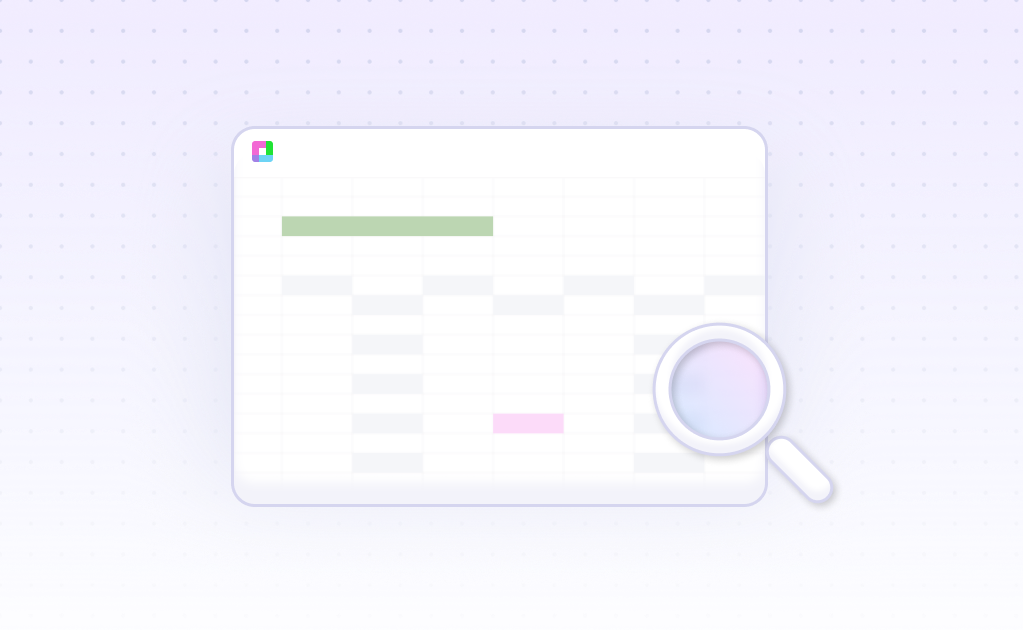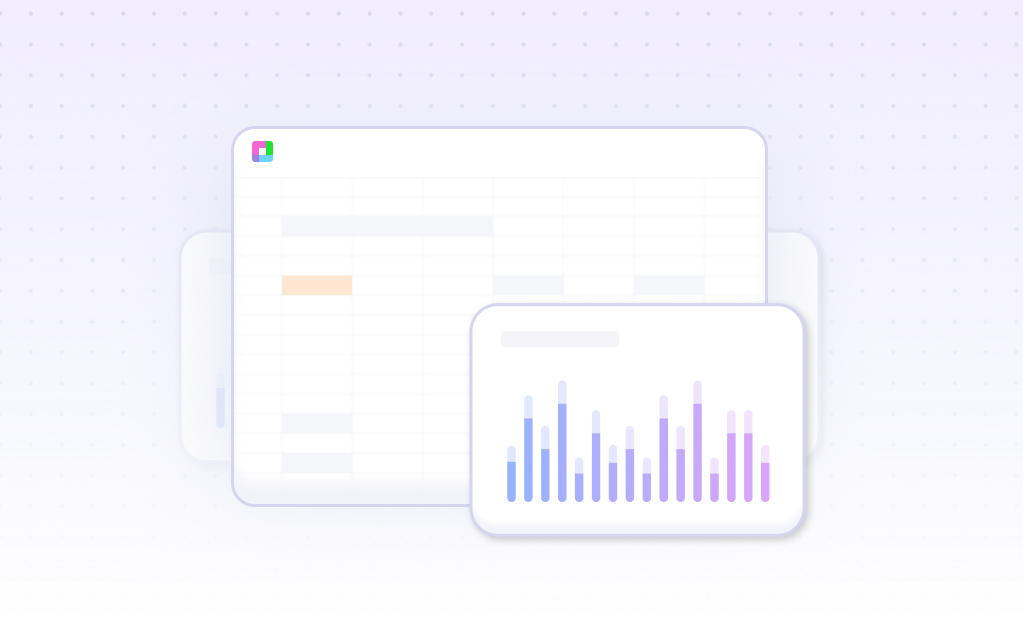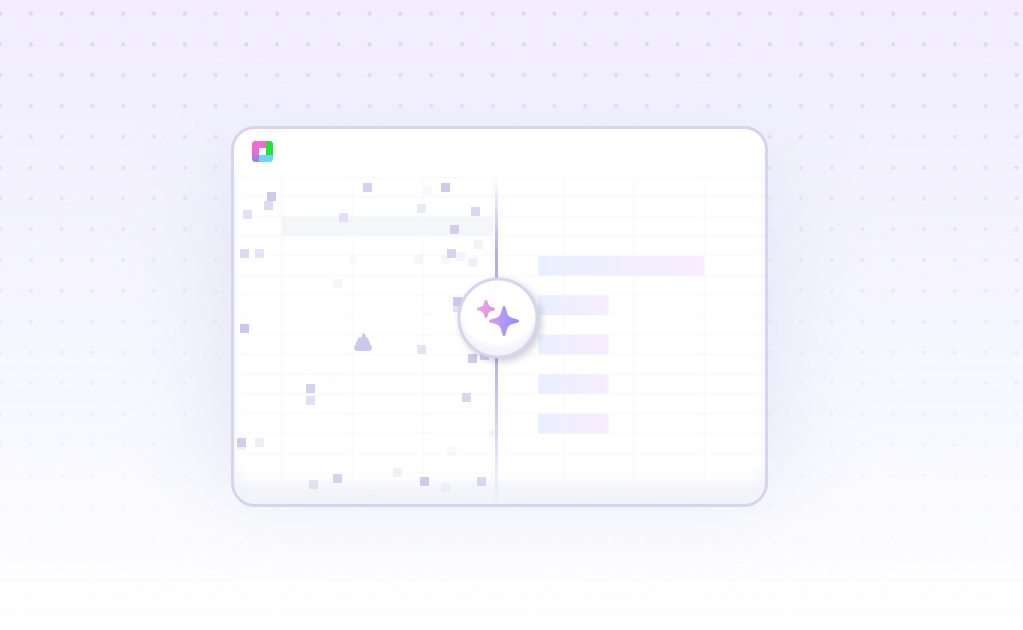
Introduction
Entropy analysis provides valuable insights by calculating the information content of probability distributions. In Excel, entropy can be calculated using formulas that sum the negative products of probabilities and their natural logarithms. While Excel offers a traditional approach, AI-powered spreadsheet tools enhance this analysis by improving efficiency, reducing errors, and enabling complex calculations.
Sourcetable combines Excel's functionality with ChatGPT's AI capabilities to streamline entropy analysis. This integration automates repetitive tasks, ensures data accuracy, and provides superior visualization options. Learn how to perform entropy analysis efficiently with Sourcetable at sourcetable.com/signup.
Why Sourcetable Is Superior for Entropy Analysis
Sourcetable leverages advanced information theory and Shannon's principles to provide comprehensive entropy analysis capabilities that Excel cannot match. While Excel relies on basic pivot tables, Sourcetable can estimate source statistics, model joint probabilities, and analyze sources with memory using context-based modeling.
The platform's ability to compute rate-distortion functions sets it apart from traditional spreadsheet tools. Using the Blahut-Arimoto algorithm, Sourcetable can calculate precise bounds for memoryless, memory-dependent, and stationary ergodic sources. This capability is essential for determining optimal compression rates and analyzing information content.
Sourcetable's AI-powered interface automates complex entropy calculations while generating visualizations that tell compelling data stories. The system can analyze multiple entropy dimensions simultaneously, including local rate changes, convective flux, and conductive flux. This comprehensive analysis provides deeper insights than traditional spreadsheet methods.
For entropy coding applications, Sourcetable offers advanced functionality for evaluating DPCM and VLC encoders. The platform's ability to estimate source statistics from histogram data and model sources with memory makes it invaluable for compression system design and optimization.
Benefits of Entropy Analysis with Sourcetable
Core Benefits of Entropy Analysis
Entropy analysis quantifies uncertainty and information in data systems. It determines minimum information requirements for message transmission, enables efficient data compression, and analyzes character sequence unpredictability. In machine learning, entropy helps minimize uncertainty through decision tree algorithms and Bayesian inference models.
This mathematical tool extends beyond data science. Entropy measures diversity in biological systems through the Shannon index, proves mathematical theorems like the Loomis-Whitney inequality, and approximates binomial coefficients in combinatorics. The principle of maximum entropy determines optimal prior probability distributions in statistical analysis.
Why Choose Sourcetable for Entropy Analysis
Sourcetable's AI-powered platform streamlines entropy analysis with fast, reliable data processing and intuitive visualization tools. Its AI assistant simplifies complex calculations while maintaining analytical precision. Users can efficiently organize, analyze, and visualize entropy data from CSV files.
Sourcetable vs Excel for Entropy Analysis
While Excel offers AI features through Microsoft 365 Copilot for basic data tasks, Sourcetable provides specialized tools for advanced data analysis. Both platforms support natural language queries, but Sourcetable's dedicated design for data analysis makes it particularly effective for entropy calculations and statistical modeling.
Entropy Analysis Features in Sourcetable
Sourcetable offers comprehensive entropy analysis capabilities for information sources and data science applications. The platform enables entropy calculation for discrete memoryless sources, stationary sources, and Markov sources to measure uncertainty and information content.
Source Statistics and Probability Analysis
Users can estimate source statistics through histogram analysis of sample symbols and compute conditional probabilities for sources with memory. The platform calculates entropy rates using state probabilities and conditional entropies for Markov sources.
Rate-Distortion Analysis
Sourcetable implements rate-distortion theory for entropy analysis, determining optimal compression rates and acceptable distortion levels. The platform supports special cases including binary sources with probability-of-error measures and Gaussian sources with squared-error distortion.
Machine Learning Applications
The entropy analysis features support machine learning workflows by quantifying dataset uncertainty and heterogeneity. These metrics help evaluate model quality and prediction accuracy, particularly in decision tree algorithms where entropy determines optimal data splits.
Data Compression Analysis
Sourcetable analyzes entropy for compression applications, supporting entropy encoders like Huffman and arithmetic coding. The platform implements DPCM predictive coding analysis for real-time compression systems used in standards like MPEG-1.
Use Cases for Entropy Analysis with Sourcetable
Decision Tree Model Development |
Use Sourcetable's functions to calculate entropy |
Feature Selection Optimization |
Leverage Sourcetable's data cleaning and summarization capabilities to compute entropy across variables. Identify high-entropy features that provide maximum information gain for predictive modeling. |
Dataset Quality Assessment |
Evaluate dataset uncertainty and disorder through entropy calculations in Sourcetable's enhanced spreadsheet environment. Measure data homogeneity to inform preprocessing decisions. |
Predictive Model Evaluation |
Use Sourcetable's charting and formula features to analyze entropy metrics that assess model accuracy and performance. Calculate information gain to validate decision tree splits and overall model quality. |
Frequently Asked Questions
What is entropy analysis and what can it tell us about data?
Entropy is a measure of disorder and information content in data. It quantifies the amount of information in a dataset and can be used to evaluate model quality and predictive accuracy. In source code analysis, entropy measures the amount of noise in bit sequences and can indicate code complexity.
How is entropy analysis commonly used in data analysis and machine learning?
Entropy analysis is commonly used to evaluate model quality and predictive accuracy. It is particularly important in decision trees, where it helps determine the best splits to minimize heterogeneity in leaf nodes and build accurate predictive models.
How can entropy be calculated in data analysis?
Entropy can be calculated using the equation H(X) = – Σ (p i * log2 pi), where you use numpy to calculate log2 pi and multiply it by the probability to make it return a negative value.
Conclusion
Entropy analysis in Excel requires using the formula SUM(-A1:D1/SUM(A1:D1)*IF(A1:D1>0,LN(A1:D1/SUM(A1:D1)))) to calculate the entropy of a probability distribution. While this traditional method works, Sourcetable offers an AI-powered alternative that simplifies the process.
Sourcetable's AI-driven formulas and advanced data analysis capabilities integrate with SQL and Python, allowing for seamless entropy calculations without complex Excel formulas. The platform automatically generates formulas and visualizations, making entropy analysis accessible to users of all skill levels. Try Sourcetable's modern approach to entropy analysis at sourcetable.com/signup.
Recommended Analysis Guides
Connect your most-used data sources and tools to Sourcetable for seamless analysis.
Frequently Asked Questions
If you question is not covered here, you can contact our team.
Contact Us
